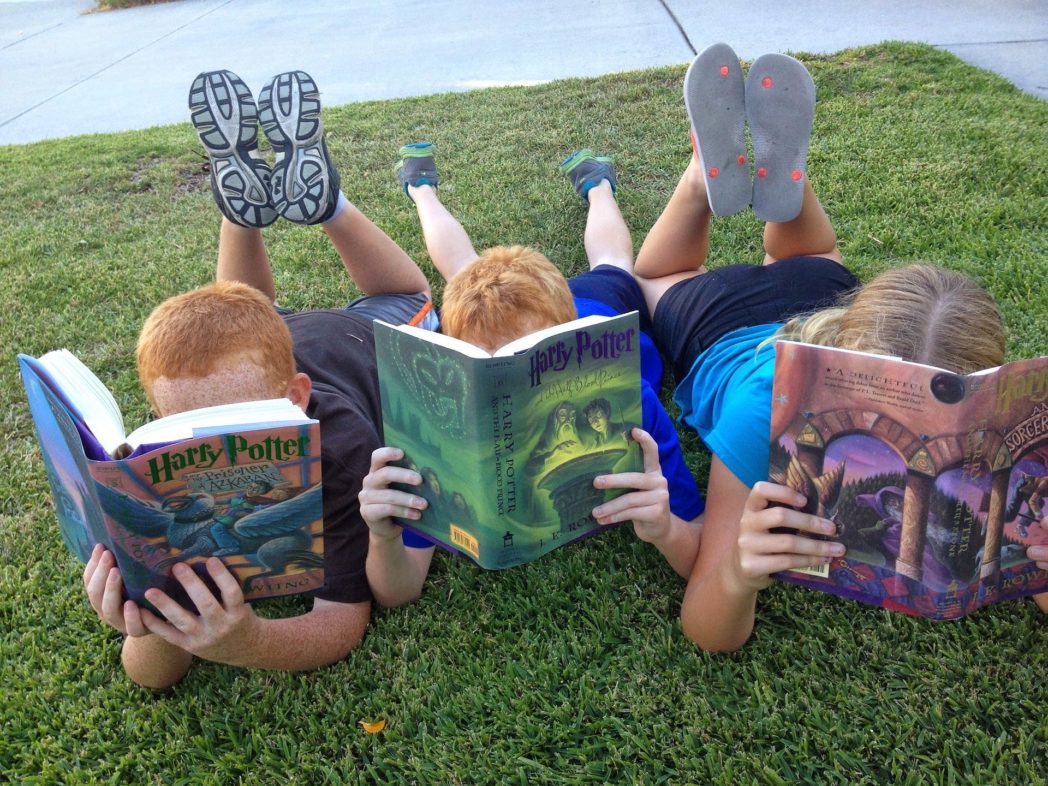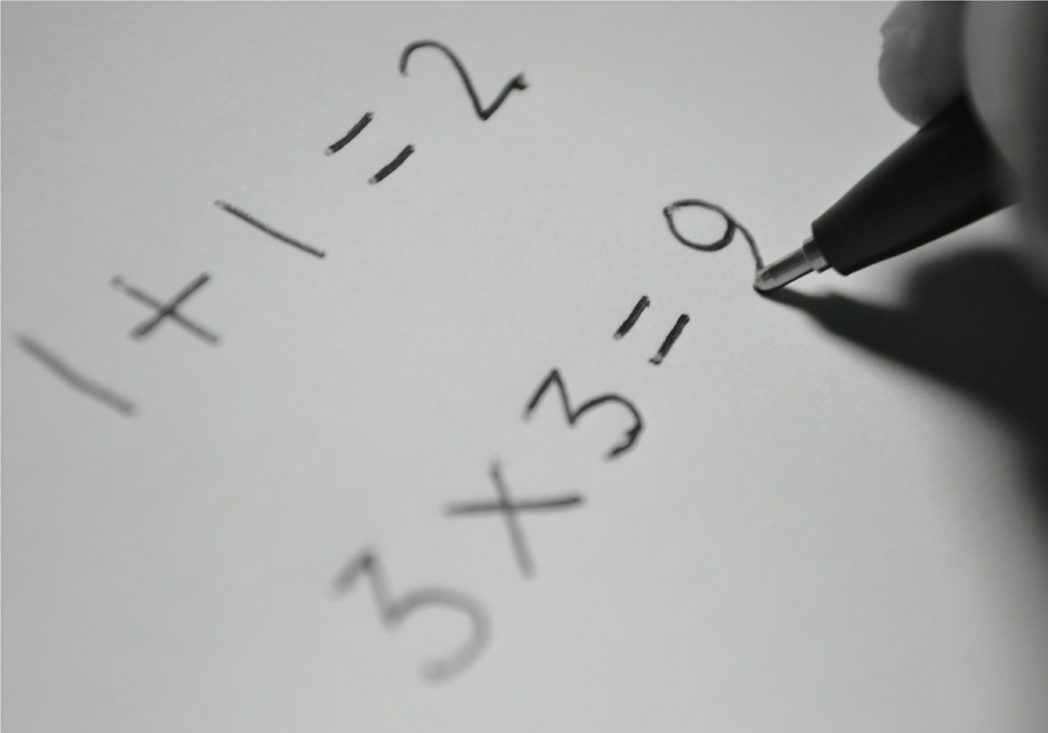Spelling is hard for anyone but if your child is a good reader and cannot spell or get their thoughts on paper, what is that? Just as dyslexia is for reading there is dyscalculia for math and if your child cannot get their thoughts down on paper is called dysgraphia. This article will provide you with an overview of each learning disability listed. Along with where to go for help and support.
Dyslexia
According to the International Dyslexia Association
“Dyslexia is a specific learning disability that is neurobiological in origin. It is characterized by difficulties with accurate and/or fluent word recognition and by poor spelling and decoding abilities. These difficulties typically result from a deficit in the phonological component of language that is often unexpected in relation to other cognitive abilities and the provision of effective classroom instruction. Secondary consequences may include problems in reading comprehension and reduced reading experience that can impede growth of vocabulary and background knowledge.”
Adopted by the IDA Board of Directors, Nov. 12, 2002. Many state education codes, including New Jersey, Ohio and Utah, have adopted this definition. Learn more about how consensus was reached on this definition: Definition Consensus Project.
Kids with dyslexia have trouble reading accurately and fluently. They may also have difficulty with reading comprehension, spelling, and writing. Individuals who struggle with dyslexia can also have trouble with math and language as well. Children or even adults who have dyslexia struggle with confidence and self-esteem issues. However, there is a long list of actors entrepreneurs and government officials with dyslexia. (Understood.org,2014) As long children get the interventions as a child so that they can begin to read and used the accommodations needed as an adult they will become successful in their lives.
Dyslexia affects up to 1 in 5 people, but the experience of dyslexia isn’t always the same. This difficulty in processing language exists along a spectrum — one that doesn’t necessarily fit with labels like “normal” and “defective.” Kelli Sandman-Hurley urges us to think again about dyslexic brain function and to celebrate the neurodiversity of the human brain. (YouTube,2013)
What Is Dyslexia? | Kelli Sandman – Hurley| TEDed | Her YouTube video has had over 2 million views

Dyscalculia
Since I am a reading interventionist/tutor and dyscalculia has to do with math. I reached out to a member in the Facebook Group called The Ultimate Support Group for Online Tutors, and many members tutor math but the one who comes to mind is Atul Rana, due to the expertise, he has about dyscalculia. Atul recently wrote an article for Pearson/UK, Tutoring those with Dyscalculia all over the world online (Rana, August 3, 2018)
In 2001 the Department of Education and Skills defined it as: “Dyscalculia is a condition that affects the ability to acquire arithmetical skills. Dyscalculic learners may have difficulty understanding simple number concepts, lack an intuitive grasp of numbers, and have problems learning number facts and procedures. Even if they produce a correct answer or use a correct method, they may do so mechanically and without confidence.” (Rana, 2018)
Some learning strategies for dyscalculia can be found on Understood.org For kids with dyscalculia, trying to keep up in math class can be tough. Luckily there are classroom accommodations that can help students with math issues access the concepts being taught.
- In – Class Learning
- Homework Support
- Classwork and Test Taking Strategies
( Understood.org, 2014 – 2018)
Dysgraphia
When I was teaching in the classroom, and even with parents looking for a tutor, I hear them say, “My child just can not get his thoughts down on paper.” Children could read without any problems but when it came to writing or spelling. Those weekly spelling lists were so tricky when you don’t realize you are struggling. Spending every week memorizing how to spell words and not being able to pass the test. I know many would think, you only need to study. That wasn’t the issue.

National Institute of Neurological Disorders and Stroke states that
Dysgraphia is a neurological disorder characterized by writing disabilities. Specifically, the disorder causes a person’s writing to be distorted or incorrect. In children, the disorder generally emerges when they are first introduced to writing. They make inappropriately sized and spaced letters, or write wrong or misspelled words, despite thorough instruction. Children with the disorder may have other learning disabilities; however, they usually have no social or other academic problems. Cases of dysgraphia in adults generally occur after some trauma. In addition to poor handwriting, dysgraphia is characterized by wrong or odd spelling, and production of words that are not correct (i.e., using “boy” for “child”). The cause of the disorder is unknown, but in adults, it is usually associated with damage to the parietal lobe of the brain. (ninds, 2018-06-21)
Signs of dysgraphia
- Generally illegible writing (despite appropriate time and attention is given the task
- Inconsistencies: mixtures of print and cursive, upper and lower case, or irregular sizes, shapes, or slant of letters
- Unfinished words or letters or omitted words
- Inconsistent position on a page with respect to lines and margins
- Inconsistent spaces between words and letters
- Cramped or unusual grip, especially
- holding the writing instrument very close to the paper, or
- holding thumb over two fingers and writing from the wrist
- Strange wrist, body, or paper position
- Talking to self while writing, or carefully watching the hand that is writing
- Slow or labored copying or writing – even if it is neat and legible
- Content which does not reflect the student’s other language skills
- The article located on LD online shares the accommodations and possible modifications needed
- (LD online, 2018)
I
Accommodations and Hard Work
As a Special Educator, and now a tutor I’ve worked with children who struggled with any of the above. If severe enough they could qualify for an Individualized Education Plan (IEP). In the meantime, many did receive accommodations via a 504 Plan. These plans provide them with appropriate access to the curriculum. Along with proper accommodations and hard work, these children and families manage to survive.
Can schools use terms like dyslexia, dyscalculia and dysgraphia in IEPs and evaluations? They can. And in 2015, the U.S. Department of Education (ED) encouraged states and school districts to do so when appropriate. (Understood.org, 2014 – 2018)
I recently found an amazing podcast called The Reading Project with Ashley Dimercurio, Your Reading Tutor
The Reading Project Podcast has a number of different conversations on dyslexia, modifications, homeschooling, and many others.
THE
READING
PROJECT
Together we can develop a culture
of literacy and love of stories!
Originally posted October 2018
Recently updated August 2021
Thank You for visiting!


Ann, this is so important! I’m so frustrated when I hear that teachers “don’t believe in” having kids type their work or that they grade for spelling in a history class. I believe good spelling is important, but I know how hard my students work to just get their thoughts down on paper and they so often don’t get the help they need.
It is very frustrating. Thank you for your comment Beth